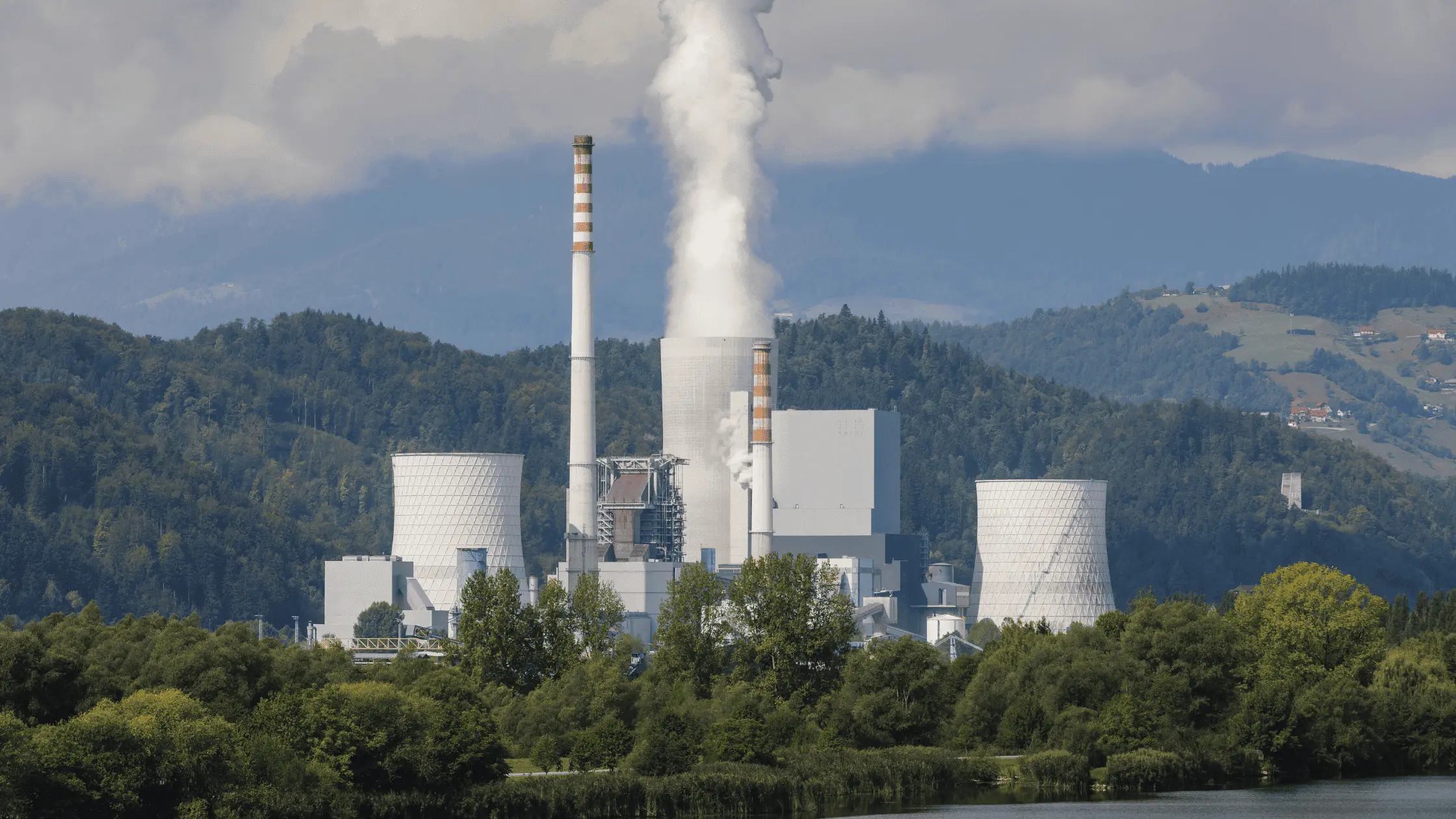Environmental pollution is a worldwide issue that has become a cause for concern for people around the world because it has serious long-term effects. When we hear the term “pollution”, we think of things like carbon emissions, personal pollution and waste. But the term “thermal pollution” is a very real and persistent issue in our modern industrialized society.
What is thermal pollution it causes and affect the environment? In this blog, we will answer these questions and more.
What is Thermal Pollution?
Thermal Pollution occurs when the temperature of a body of water changes rapidly. The most common source is heated discharge from industrial plants or other human activities. Thermal Pollution disrupts natural systems and can lead to stress, illness, or even death of organisms.
Sources of Thermal Pollution
The main sources of Thermal pollution are Nuclear Power Plant, Coal-Fired Power Plant, Industrial Effluents, Domestic Sewage, Hydro-electric Power, Thermal Power Plant.
Other Sources are given below:-
1. Power Plants and Industrial Facilities
Water is a significant source of thermal Pollution in thermal power plants. These plants are built next to rivers, lakes, or oceans that provide a constant flow of water. The water is converted into steam, which powers turbines to produce electricity. Water also cools machinery that has become very hot. The water absorbs heat, and what does not evaporate is usually discharged back to where it came from.
Apart from power plants, industrial plants contribute to thermal Pollution by using water to cool equipment and discharging water at high temperatures. Examples include oil refineries, pulp and paper mills, chemical plants, and steel mills.
Once-through cooling is the process of pumping water out of a lake, ocean, or river for industrial use and then releasing the heated water back into its source. For a long time, once-through cooling has been known to negatively impact aquatic and marine environments. It kills fish and larvae that are trapped against intake screens. It also changes habitats by discharging warmer, often contaminated water.
2. Desalination Plants
Desalination plants also use once-through cooling. More than 50% of seawater used for desalination is returned to the ocean as wastewater, often at higher temperatures.
Desalination plants have been built in clusters worldwide, pumping large quantities of heated, salty wastewater into coastal basins. This can significantly increase sea temperatures and levels of salinity.
3. Wastewater, Erosion, and Deforestation
Not all wastewater is treated before being discharged into water systems. Unprocessed sewage, stormwater from urban areas, and farm runoff can cause thermal Pollution in adjacent water systems because the runoff is usually warmer than the water bodies it flows into (streams, lakes or oceans).
Human land-use changes also cause heat pollution. Deforestation to harvest timber or clear land for crops and cattle grazing causes erosion along rivers and streams, resulting in wider, shallow stream beds that are more susceptible to warming. Deforestation of trees and vegetation along lake shorelines and riverbanks also increases sun exposure, which causes water warming.
Impacts of Thermal Pollution
When heat moves quickly into a body of water, it directly and indirectly impacts the environment. Water organisms are very sensitive to changes in temperature, and some are unable to adapt to them. This can lead to stress, illness, and even mortality. When fish and other aquatic organisms die, it can cause a ripple effect throughout the ecosystem.
Oxygen levels are also affected by thermal Pollution. When warmer water is introduced, oxygen levels drop, and aquatic life is affected. Warmer water also encourages algae to grow, which absorbs sunlight and causes further warming. These effects are amplified if the discharge water is rich in nutrients, such as from agricultural runoff or untreated sewage. Warmer temperatures also make aquatic organisms more sensitive to chemicals in the wastewater, including ammonia, heavy metals and pesticides. Thermal pollution and nutrient loading combine to create hypoxic “dead zones” with deficient oxygen levels.
Examples of Thermal Pollution
1. The Mississippi River was at the top of the global list of river thermal pollution in 2016, with 62 per cent of its heat emissions coming from coal-based power plants and 28 per cent from nuclear-powered generation. Other sources of thermal Pollution included agricultural runoff and wastewater. The Rhine River in Europe also experienced significant heat emissions from power plants, mostly from nuclear power plants.
2. For decades, opponents of Diablo Canyon, California’s last active nuclear power plant on the Pacific Coast, have been concerned about the plant’s effects on the state’s ecosystem. Diablo Canyon discharges millions of gallons into the ocean daily after releasing the heated seawater into the sea. In 2021, Pacific Gas & Electric (PG&E), the utility that operates Diablo Canyon, settled with the state for $5,9 million for violations of permits intended to reduce thermal Pollution.






